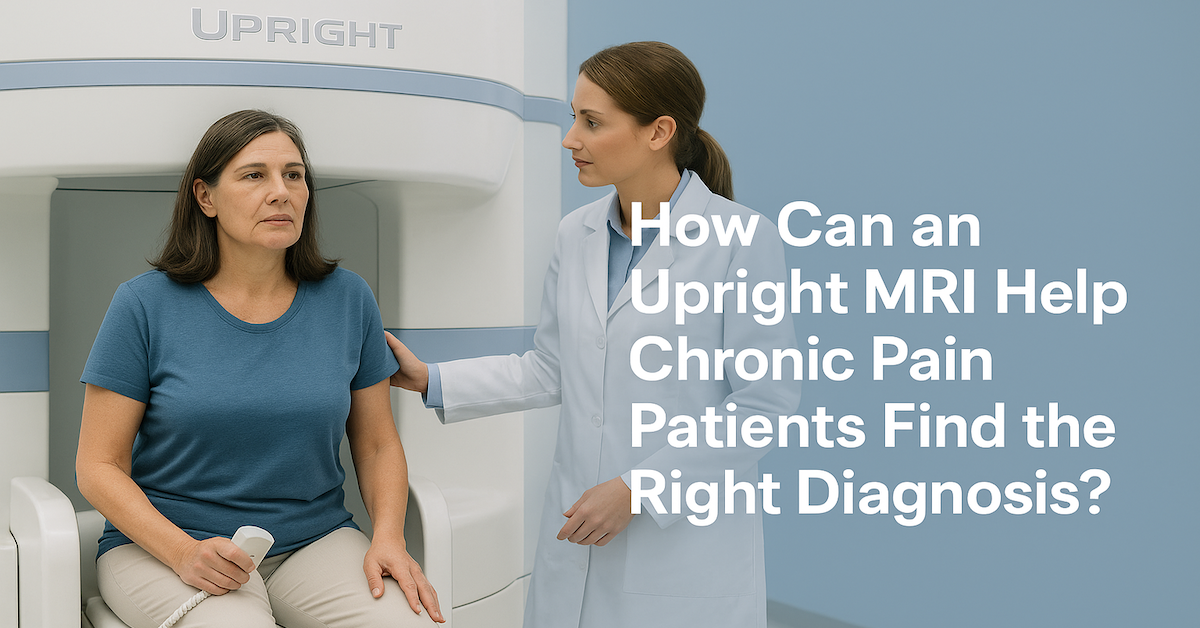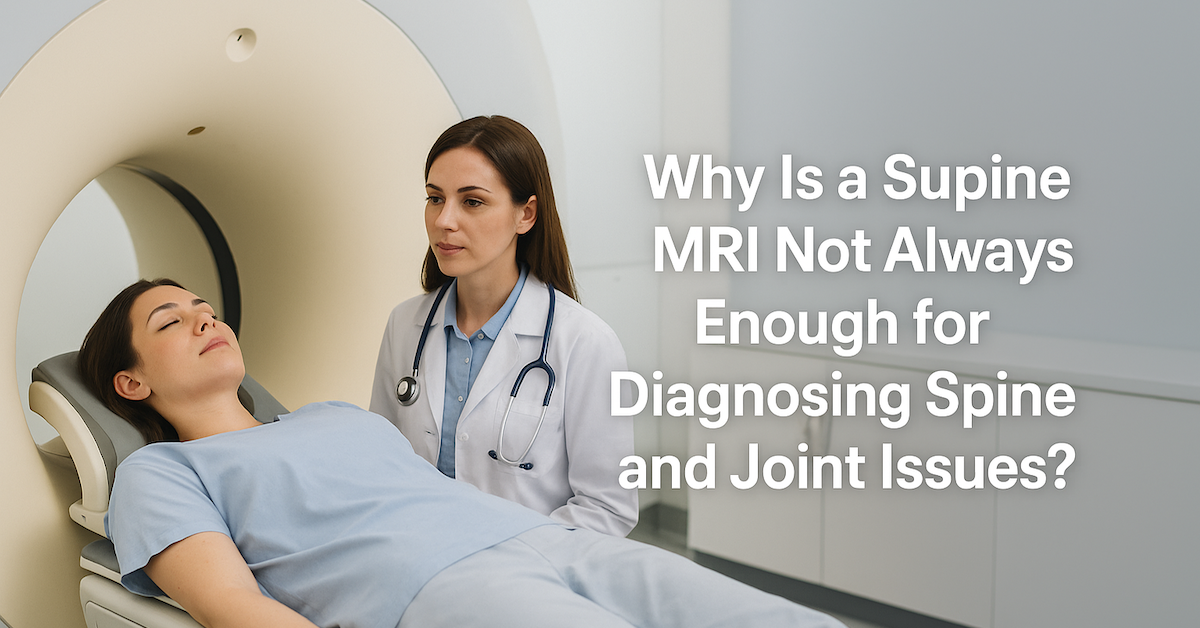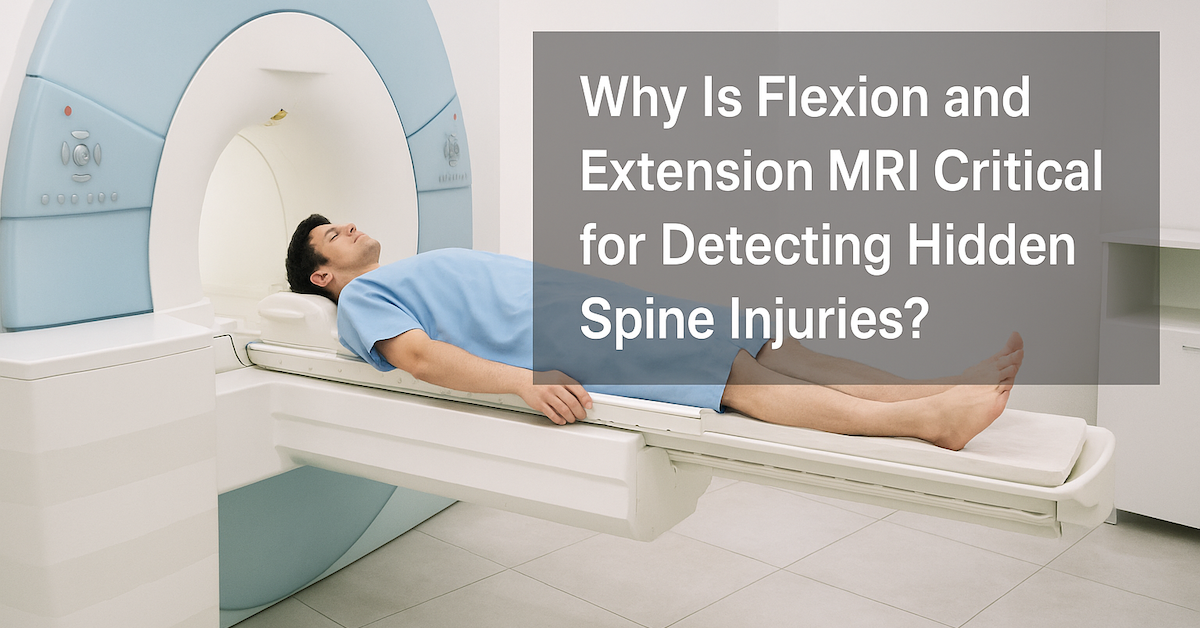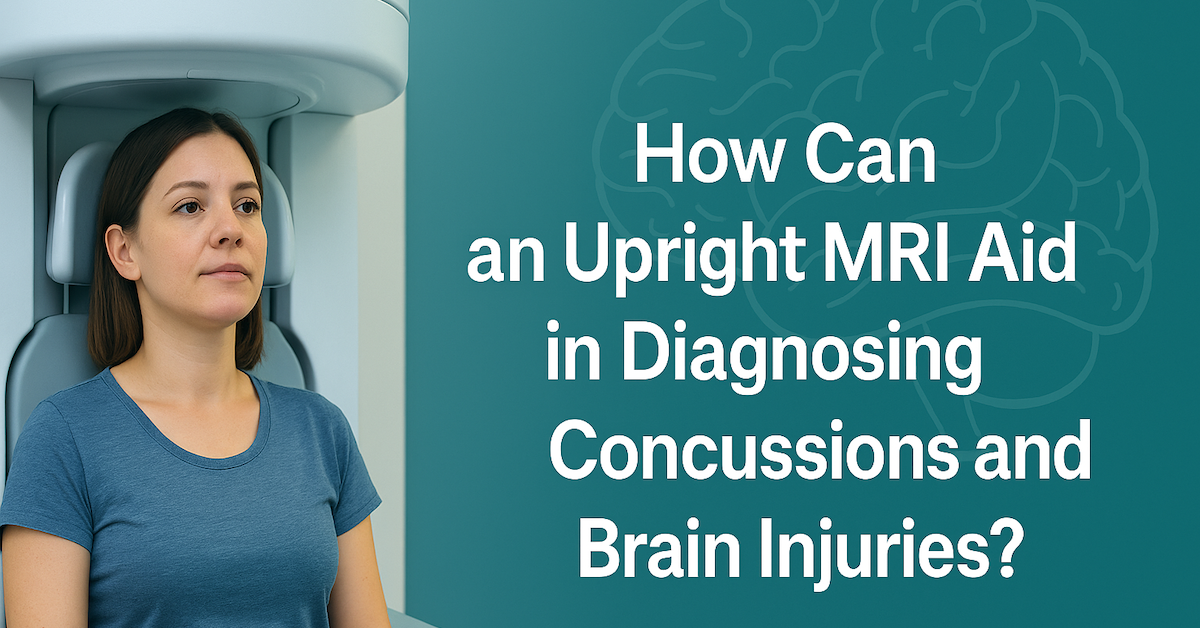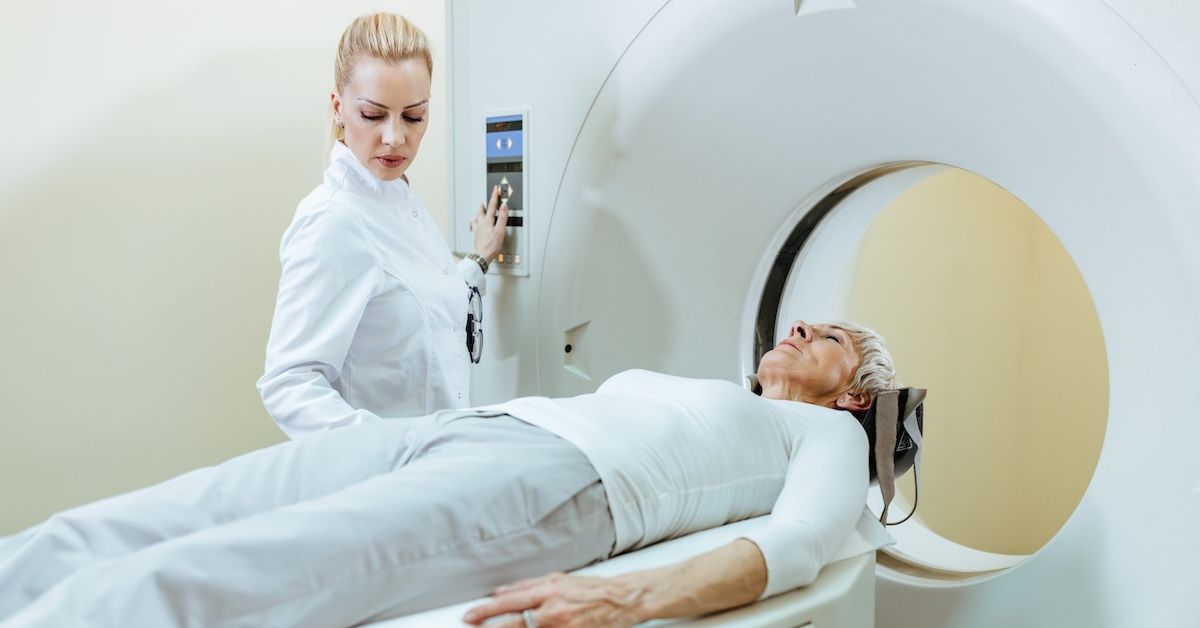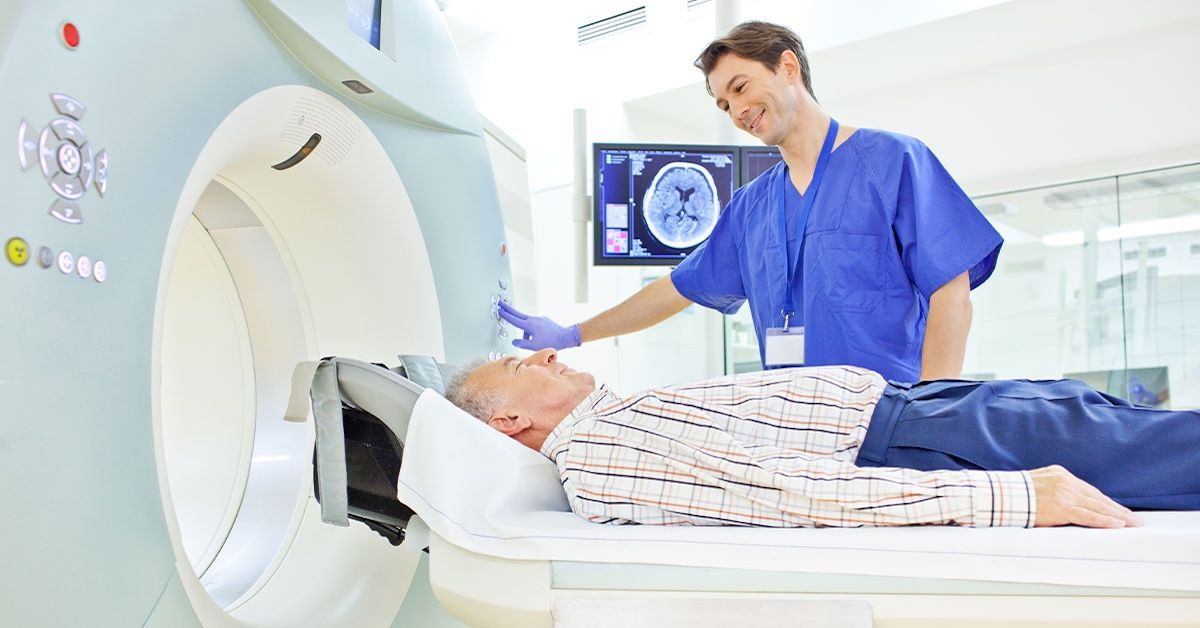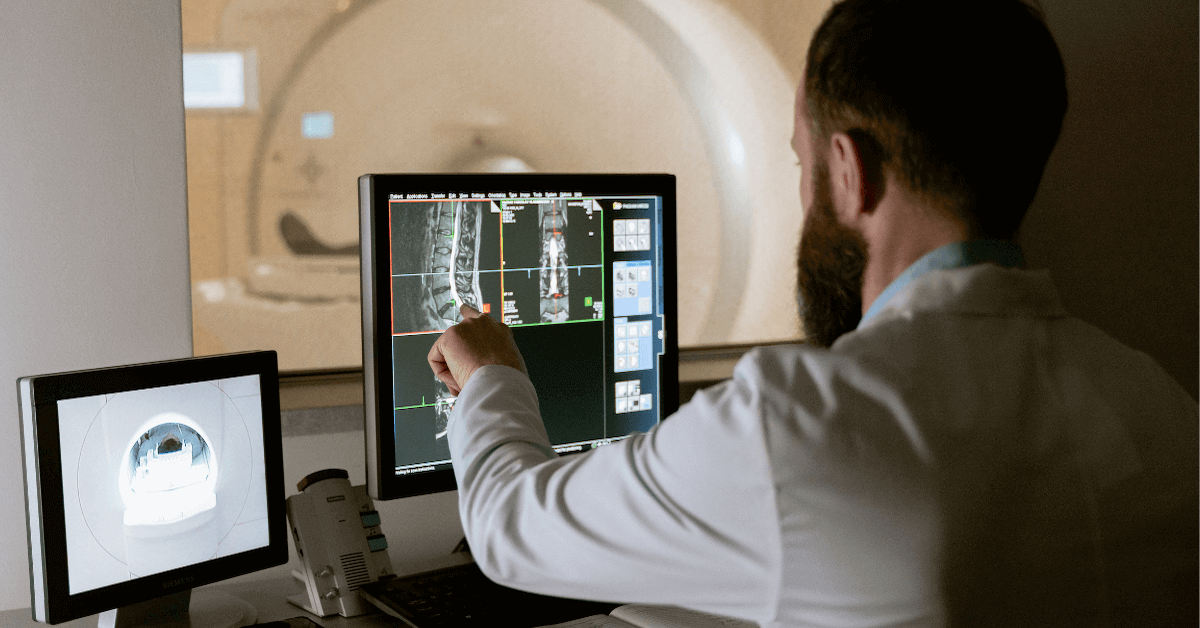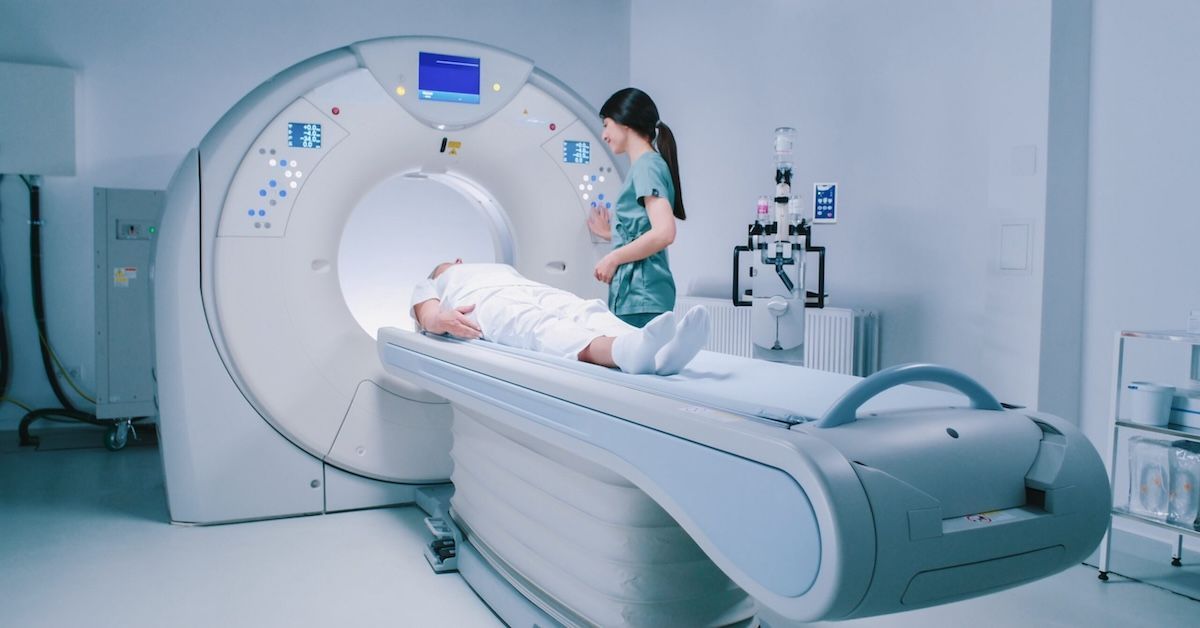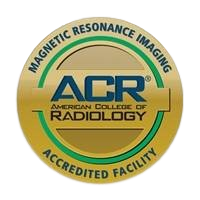What’s the Difference Between an Upright MRI and a Traditional MRI?
If you’ve ever needed an MRI scan, you probably picture a long, narrow tube and the need to lie perfectly still while it clunks and hums around you. That’s the standard traditional MRI most people are familiar with. But there’s another option you may not have heard of yet: the upright MRI. While both serve the same purpose taking detailed internal images of your body the way they work and what they can reveal are very different.
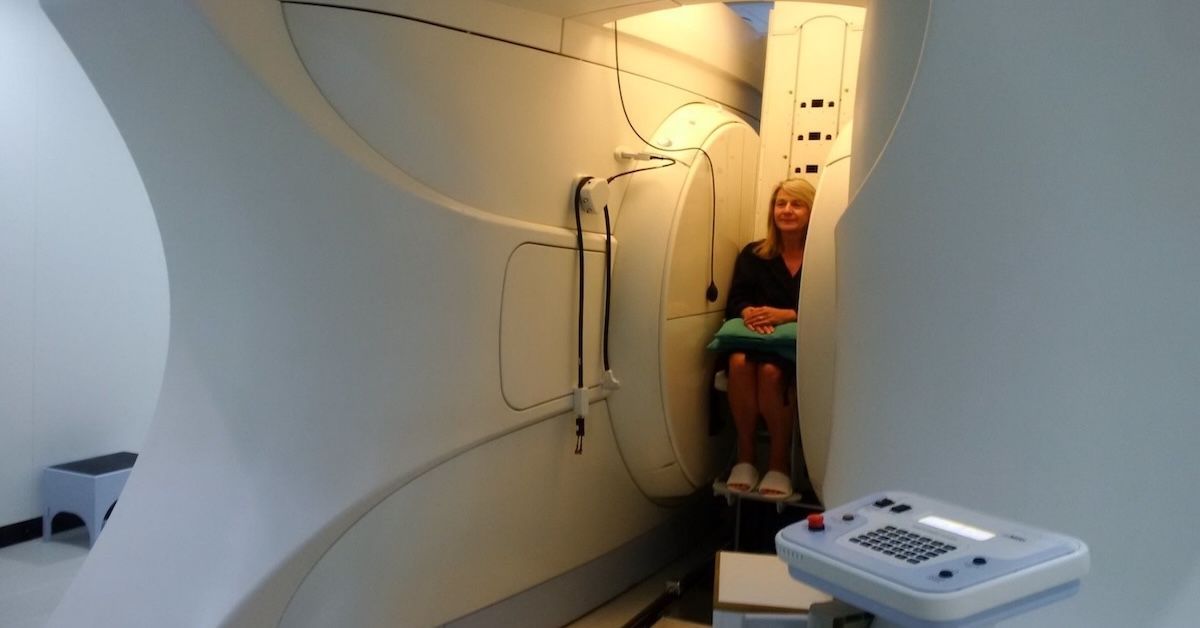
What is a Traditional MRI?
A traditional MRI (Magnetic Resonance Imaging) involves lying flat on your back inside a cylindrical machine. It’s completely enclosed and works by creating powerful magnetic fields and radio waves to generate images. These scans are extremely useful for diagnosing a wide range of issues, from brain injuries to joint damage.
However, lying flat isn’t always the most accurate way to see what’s going on inside your body. Some issues, especially those related to posture or motion, only show up when your body is upright and active. That’s where the upright MRI comes into play.
What is an Upright MRI?
An upright MRI lets you get scanned while standing, sitting, or even bending. Instead of a tunnel, this machine is open in the front, allowing much more freedom in positioning. Because it’s open and less confining, it’s also a popular choice for people who struggle with claustrophobia.
More importantly, upright MRIs let doctors see how your body functions under real-world conditions. A spine might look normal when lying flat, but show obvious compression or misalignment when you're standing up. That's information a traditional scan might miss.
The Comfort Factor
Anyone who’s had a traditional MRI knows it’s not the most pleasant experience. The machine is noisy, tight, and you have to stay still for what feels like forever. For patients who deal with anxiety or claustrophobia, the experience can be nearly unbearable.
Upright MRI changes that entirely. You're seated or standing with plenty of space around you. Many patients say the scan feels less like a medical procedure and more like sitting in a chair at the dentist. This more relaxed setup can make a big difference in your overall comfort and willingness to go through with necessary scans.
Functional Benefits for Diagnosing Certain Conditions
Beyond comfort, upright MRIs are often a better diagnostic tool for specific problems. Conditions related to the spine, joints, or other musculoskeletal structures benefit greatly from the ability to be imaged in a weight-bearing position.
For example, if you have a herniated disc that hurts only when standing or walking, a traditional scan might not catch it. Upright MRIs allow doctors to take images of your spine while it's bearing weight, showing the true extent of any compression or alignment issues.
Are There Any Drawbacks?
The biggest challenge with upright MRI is availability. Not every clinic or hospital has one, and not every insurance company covers it. It’s a newer technology and still expanding into different regions. Also, some upright MRI machines may not offer the same resolution as traditional units for certain types of scans like those involving the brain.
Even so, for patients dealing with spine problems, joint pain, or any issue that changes with movement or posture, the benefits of upright imaging often outweigh these limitations.
Who Should Consider Upright MRI?
You might want to consider upright MRI if:
- You’re claustrophobic or anxious about enclosed spaces
- You can’t lie flat comfortably due to pain or injury
- Your symptoms worsen when you stand or move
- You’ve had a traditional MRI that didn’t find the source of your pain
- You’re dealing with a spine issue and want a more detailed view under real-life conditions
Final Thoughts
There’s no one-size-fits-all when it comes to medical imaging. Traditional MRIs are powerful tools, but they aren’t perfect for every situation. Upright MRI offers a modern, patient-friendly alternative that can reveal what standard scans sometimes miss all while keeping you comfortable throughout the process.
At Upright MRI of Deerfield, we specialize in advanced upright imaging that works around your body, not the other way around. Whether you need to sit, stand, or bend to show what’s really going on, we’re here to make the experience clear, comfortable, and effective. If you're looking for imaging that adapts to you and not the other way around, let us help you take the next step.
SHARE THIS POST:
Leave a Comment:

The World's Most Patient-Friendly MRI. A comfortable, stress-free, and completely reliable MRI scan. We offer patients an open, upright, standup MRI experience that helps those who are claustrophobic and stress being in a confined area. Upright MRI of Deerfield is recognized as the world leader in open MRI innovation,
Our Recent Post
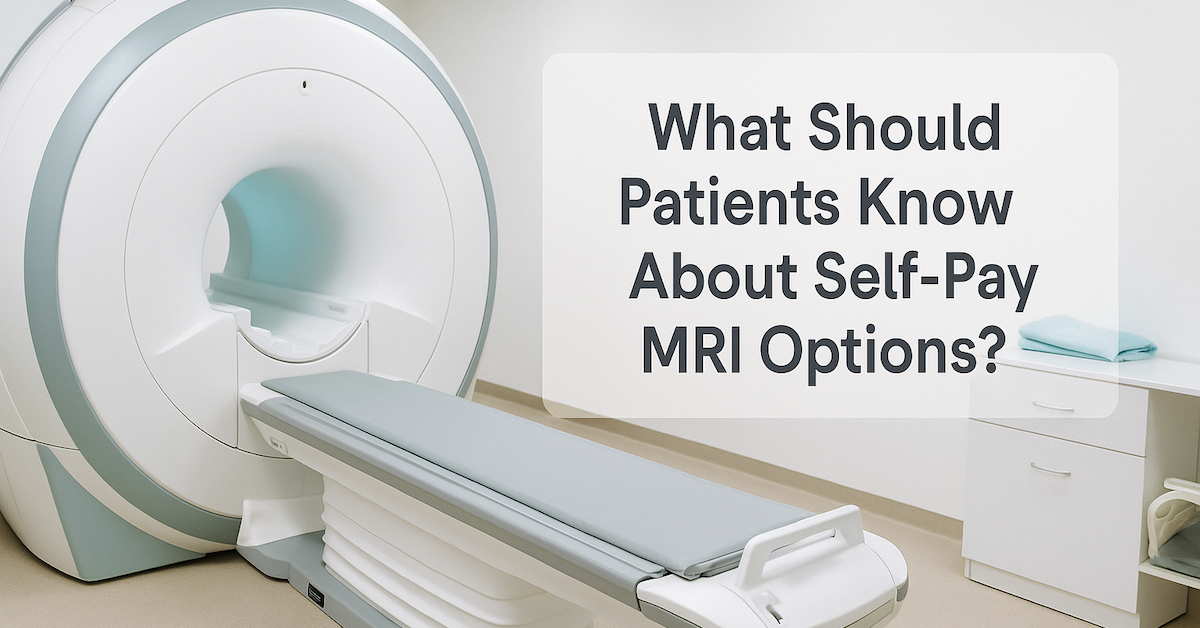

READ PATIENT TESTIMONIALS
Upright MRI of Deerfield.
Susan D.,
Highland Park, 39
I am going to tell everyone about your office! This was a great experience after I panicked in other MRI machines and had to leave. Thank you so much.

Judith B.,
Milwaukee, 61
I suffer from vertigo and other MRIs do not work. This was wonderful…absolutely NO discomfort at all. The MRI was so fast…I wanted to stay and watch the movie! Mumtaz was great. His humor really put me at ease. I’ve already recommended Upright MRI to friends.

Delores P.,
Glencoe, 55
Everything is so nice and professional with your place. I have been there a couple of times. My husband and I would not go anywhere else.

